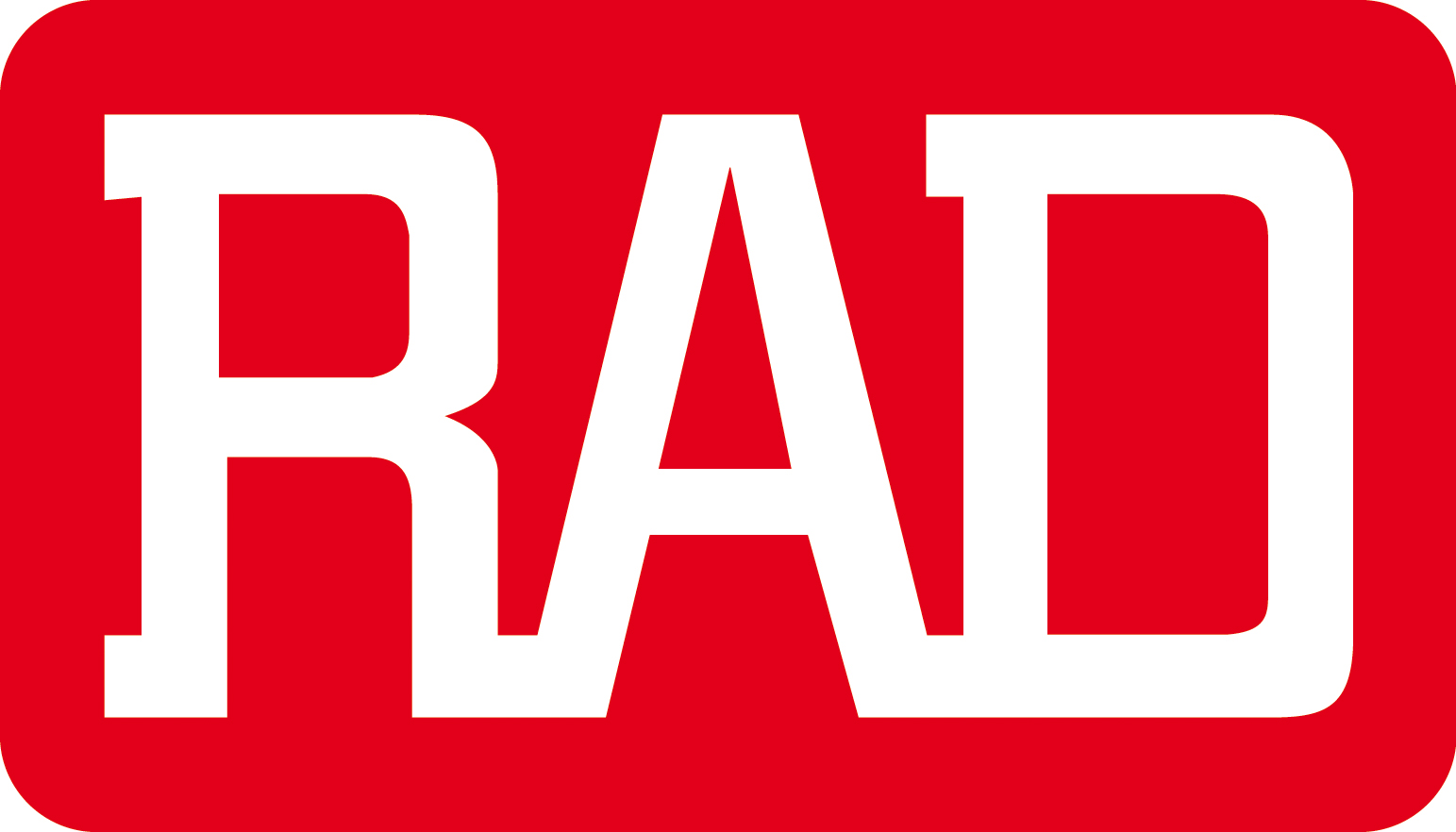




FCD-E1LC is a managed access unit for E1

FCD-E1LC is a managed access unit that can convert rates and interfaces for E1 and Fractional E1 services.
FCD-E1LC supports a single or dual serial n × 56 kbps or n × 64 kbps data user interface. An Ethernet LAN interface can substitute the serial data interface port to allow LAN-to-LAN connectivity over TDM media.
FCD-E1LC can interconnect with RAD modular DXC (DACS) products and E1 equipment from other vendors, to support multilink star applications such as access to SDH networks. DXC, FCD, and Megaplex units operate together under centralized SNMP network management.
The E1 interface is compatible with virtually all carrier-provided E1 services and meets ITU recommendations G.703, G.704, G.706, G.732, G.823, and G.826. It supports both 2 and 16 frames per multiframe, with or without CRC-4. The E1 interface also accepts a 2048-kbps data stream and converts it to an ITU-T Rec. G.703 unframed signal for transport over the E1 main link and sublink. Line code is HDB3. The integral LTU ensures a range of up to 2 km (1.2 miles) and is software selectable.
The optional sub-E1 port can be configured to work without CRC-4, while the E1 main link is working with CRC-4. This enables connection of E1 equipment not supporting CRC-4, over an E1 network that is working with CRC-4.
The unit can be programmed to assign data automatically from each data port into consecutive timeslots. The user can also assign timeslots manually.
Multiple clock source selection ensures maximum flexibility for supporting different applications. Timing for the E1 main link
and sublink may come from the recovered receive clock, an internal oscillator, or one of the data ports.
Front panel LEDs indicate alarms, E1 signal loss, and diagnostic loopback operation. Rear panel LEDs on the Ethernet interface modules indicate LAN status and activity.
FCD-E1LC is a compact standalone unit. A rack mount adapter kit enables installation of one or two (side-byside) units in a 19-inch rack. (see Ordering section of the data sheet).
FCD-E1LC USER INTERFACES
FCD-E1LC features the following user interfaces:
Serial data interfaces: RS-530, V.35, X.21, V.36/RS-449
Ethernet 10/100BaseT LAN interface module with a built-in bridge (IR-ETH/QN).
FCD-E1LC has synchronous data ports that operate in the following clock modes:
DCE: The FCD units provide both transmit and receive clocks to the user equipment, with optional sampling of the incoming data with an inverted clock.
DTE1: The FCD units provide the transmit clock. The attached user equipment provides the receive clock.
DTE2: the attached user equipment provides both transmit and receive clocks.
The IR-ETH/QN interface module has a 10/100BaseT interface that supports VLAN frames, autonegotiation, fault propagation, and automatic learning and aging. The module transparently connects FCD-E1LC to remote LANs over E1 links. It filters Ethernet frames and forwards only frames that are destined for the WAN.
FCD-E1LC MANAGEMENT & MAINTENANCE
Status and diagnostic information is defined, configured, and monitored using one of the following methods:
ASCII terminal connected to the async control port
SNMP management
Telnet.
FCD-E1LC has an internal SNMP agent that is managed by any generic SNMP station or by the RADview SNMP network management application. The units support both dial-in and dial-out modem connections through the serial RS-232 port, by using SLIP or PPP protocol or a command line interpreter on an ASCII terminal. These out-of-band connections can be used for remote configuration and monitoring, as well as for sending callout alarm messages.
Up to 100 time-stamped alarms are available for retrieval through the supervision terminal, a Telnet host, or a RADview management station. Inband management can be performed either by dedicated timeslot using standard Frame Relay protocol (RFC 1490), or by using the spare Sa bits on Timeslot 0 for FCD-E1LC. This allows the user to setup, monitor, and run diagnostics on the remote unit. If spare bits on TS0 is used for inband access, it must be passed transparently end-to-end.
Maintenance capabilities include user-activated local and remote loopbacks on the E1 main link, sublink, and data ports. The user can activate a BER test on the main link. Also, the main link responds to an ANSI FT1 RDL (T1E1.2/93-003) inband loop code, or a user-configured pattern generated by a remote FCD-E1LC or DXC in a specific bundle of timeslots allocated only to that port. The user can also define BER or inband tests to run on any timeslot.
E1 network statistics are stored in memory, according to RFC 1406. Statistical information can be retrieved locally through the control port.

FCD-E1LC data sheet (pdf 802k)